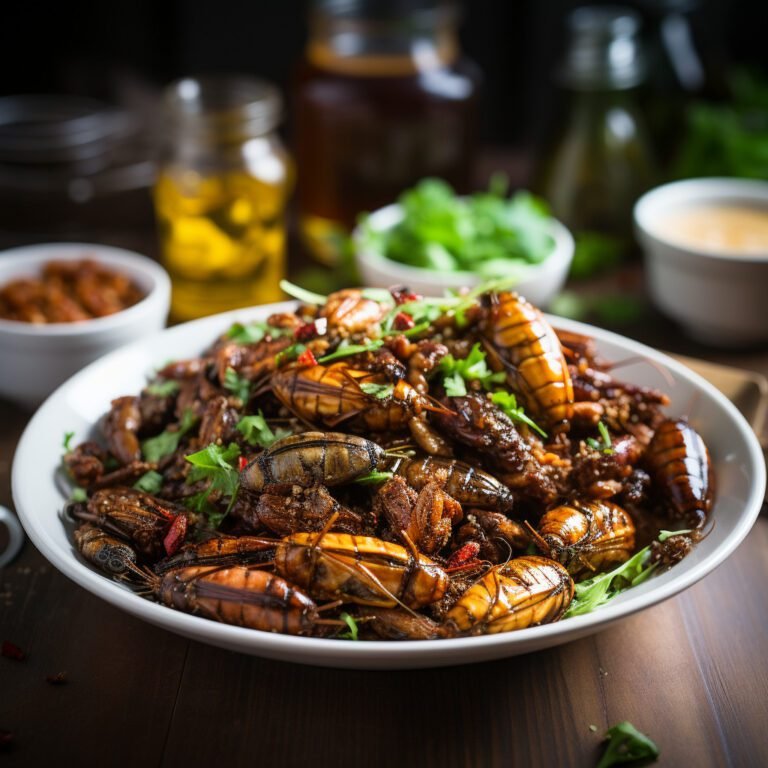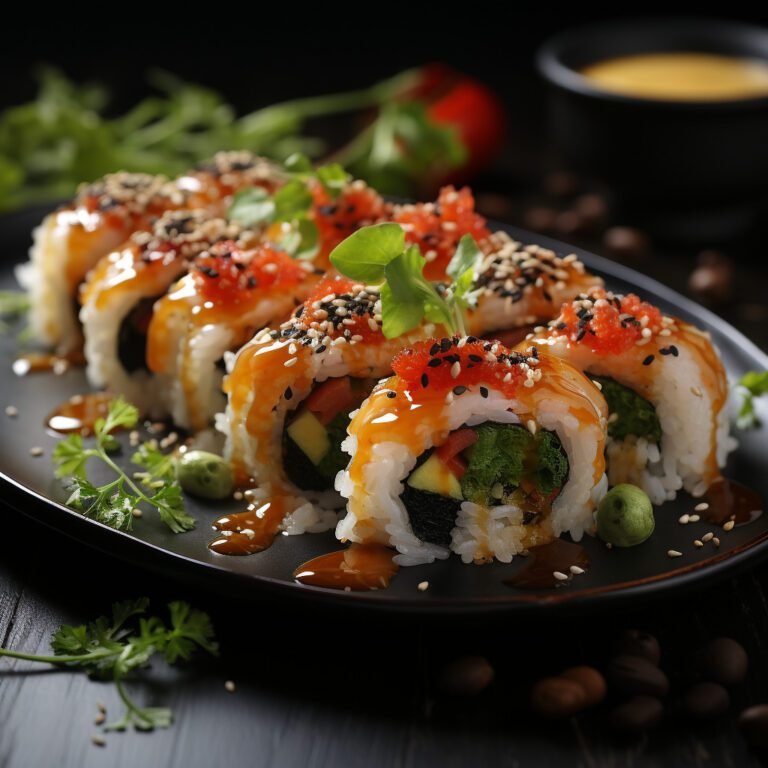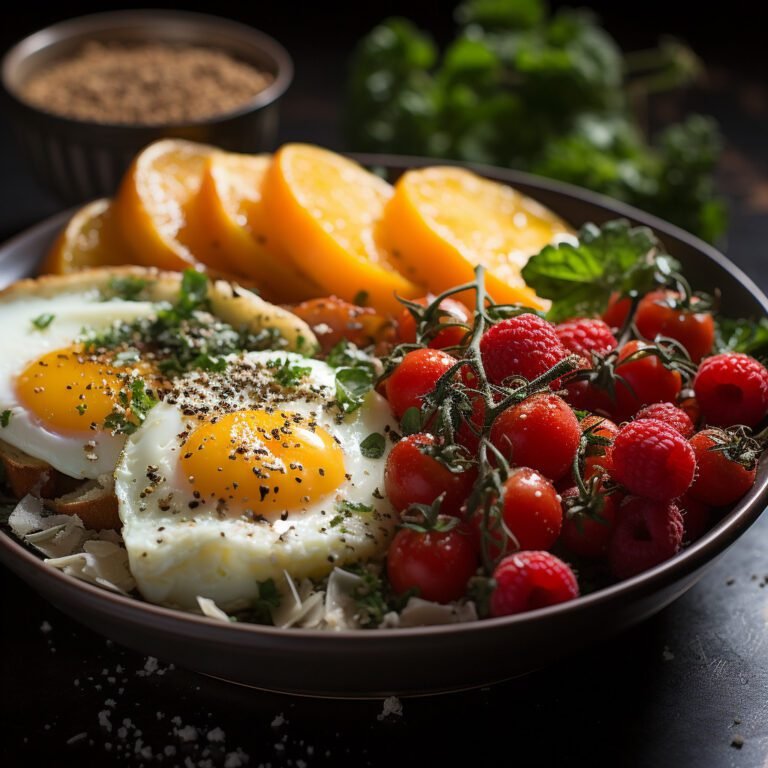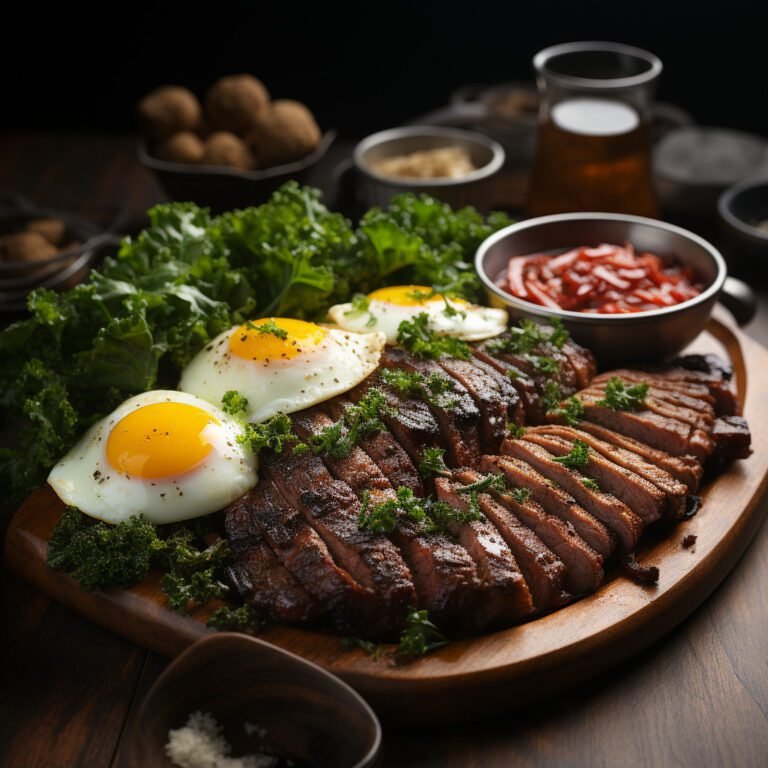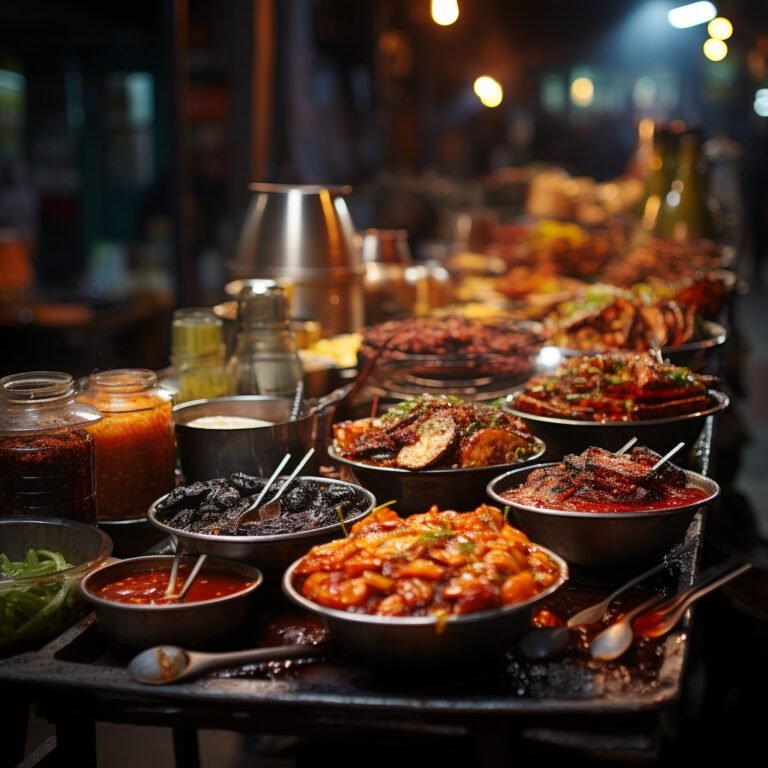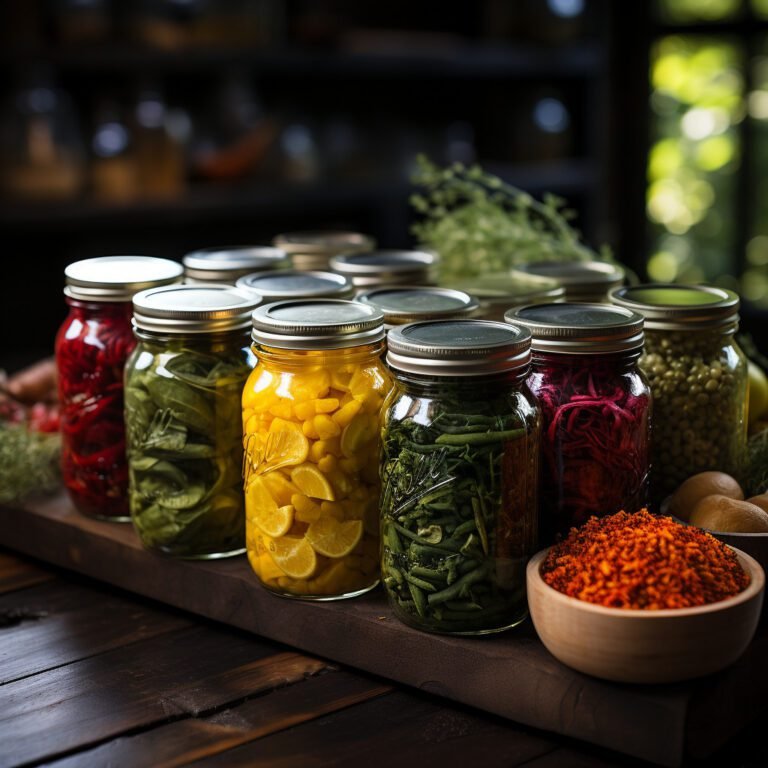Dishing It Out: The Art of Food Styling for Social Media Success
The Art of Food Styling
The art of food styling is no longer confined to the boundaries of gourmet magazines and television shows. With the advent of Instagram, Pinterest, and other social media platforms, food styling has evolved into an integral part of brand marketing and personal blogging. A perfectly styled food photo can attract a large following, promote your brand, and even convert your followers into potential customers. However, the task is not as simple as it might seem. Creating a visually appealing food setup requires a keen eye for detail, a knack for creativity, and knowledge of the right techniques. Let’s delve into the nitty-gritty of food styling for social media success.
Mastering the Basics
Before diving into the world of food styling, it is essential to master the basics. First and foremost, your food should look fresh and appetizing. Use fresh ingredients and pay attention to their natural colors. Arrange your food in a way that highlights its textures and shapes. Remember, your aim is to make the viewer crave for the dish just by looking at the photo.
Lighting plays a crucial role in food photography. Natural light is often the best choice as it brings out the true colors of the food. Avoid using flash as it can make the food look unappetizing. Always shoot from different angles and choose the one that best showcases your dish. Lastly, remember to keep it simple. Overcomplicating your setup can distract from the main star – your food.
Utilizing Props and Backgrounds
Props and backgrounds can dramatically enhance your food photos. Use props that complement your dish, but don’t let them overpower it. Your food should be the hero of the photo. The same rule applies to your background. Use a background that contrasts with your food to make it stand out. A variety of backgrounds such as wooden boards, marble slabs, or even a simple white tablecloth can add depth and character to your photos.
When styling your food, consider the story you want to tell. Are you photographing a breakfast scene? Then, a coffee mug and a newspaper might be suitable props. Is it a baking scene? Then, scattered flour and a rolling pin may add a nice touch. Always think about what story your photo is telling and choose your props accordingly.
Capturing the Perfect Shot
Once you’ve styled your food and set up your scene, it’s time to capture the perfect shot. Here, your skills as a photographer come into play. Use manual mode on your camera to have full control over your settings. Adjust your aperture, shutter speed, and ISO to get the right exposure.
Keep in mind the rule of thirds, which is a basic principle in photography. Imagine your frame divided into nine equal parts by two equally spaced horizontal and vertical lines. The rule suggests that the important compositional elements should be placed along these lines or at their intersections. This can help create balance in your photos and make them more appealing to the eye.
Finally, post-production is equally important in food photography. Use editing software to adjust the brightness, contrast, and saturation of your photos. However, avoid over-editing as it can make your food look unnatural.
Optimizing for Social Media Success
Now that you have your perfectly styled and shot photo, it’s time to optimize it for social media success. Remember, a good photo alone is not enough to garner attention on social media. You need to use the right hashtags, post at the right times, and engage with your audience.
Research relevant hashtags that can increase your photo’s visibility. Post at times when your audience is most active. Respond to comments on your posts to build a relationship with your audience. Moreover, consistency is key in social media. Post regularly and maintain a consistent style to build your brand image.
Remember, the ultimate goal of food styling is not just to create beautiful photos but to evoke an emotion in the viewer. So, let your passion for food shine through in your photos and connect with your audience on an emotional level.
